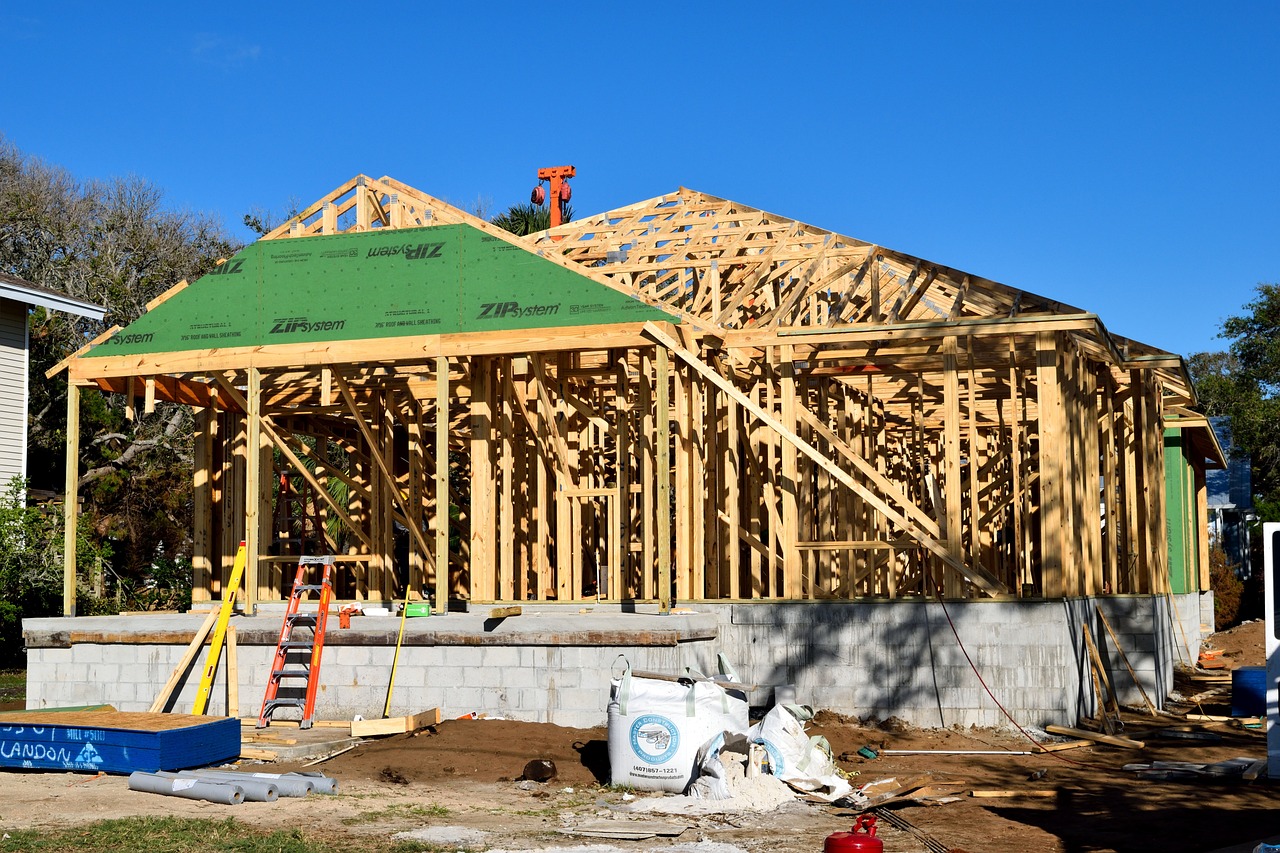Mortgage rates Alberta reflect a competitive market driven by a stable economy and higher-than-average home prices. This environment encourages lenders to offer a variety of fixed and variable rate options to attract borrowers. As of 2025, the best 5-year fixed mortgage rates in Alberta can be found around 3.89%, with variable rates varying depending on lender and market conditions.
Understanding current rates is crucial for anyone looking to buy, refinance, or renew a mortgage. Comparing offers from multiple lenders, including banks and brokers, helps borrowers find the most suitable and cost-effective option tailored to their financial needs.
Alberta’s mortgage market is well-served by numerous lenders, creating opportunities for competitive pricing. This makes it important to stay informed about rate trends and lender policies to secure favorable terms.
Current Mortgage Rates in Alberta
Alberta’s mortgage rates vary significantly between fixed and variable options, influenced by economic factors and recent market trends. These rates determine the borrowing costs for homebuyers and impact monthly payments over the life of the loan.
Comparison of Fixed and Variable Rates
Fixed mortgage rates in Alberta offer stability by locking in the interest rate for a set term, typically five years. Current 5-year fixed rates hover around 3.8% to 4.0%, providing predictable payments and protection against future increases.
Variable rates fluctuate with the Bank of Canada’s prime rate changes, often starting lower around 3.5%. Borrowers choosing variable rates accept some risk in exchange for potentially lower initial payments.
While fixed rates suit those prioritizing certainty, variable rates appeal to borrowers comfortable with changing rates and possibly more savings if rates decrease.
Factors Influencing Alberta Mortgage Rates
Mortgage rates in Alberta are driven by national interest rates set by the Bank of Canada, especially the overnight rate, which impacts lenders’ cost of borrowing.
Alberta’s economic conditions factor in as well. The provincial economy’s reliance on energy and agriculture sectors creates variability in employment and household income, affecting mortgages indirectly.
Additionally, local housing demand, inflation, lender policies, and credit union competitiveness contribute to how rates are structured for borrowers, with insured, insurable, and uninsured mortgages priced differently.
Recent Trends in Mortgage Rates
Mortgage rates in Alberta have seen modest fluctuations in the past year, reflecting broader Bank of Canada rate adjustments responding to inflation.
Fixed rates increased modestly to near 3.9%, while some variable rates adjusted upward with prime rate hikes but remain competitive compared to fixed rates.
Lender competition increased, with over 30 financial institutions offering varied rate products, pushing some rates lower for qualified borrowers. Borrowers now navigate a landscape balancing slightly higher fixed rates against the uncertainty of variable options.
How to Secure the Best Mortgage Rate in Alberta
Securing a competitive mortgage rate in Alberta depends on several practical steps related to the borrower’s financial profile, lender selection, and timing. Each factor influences the interest rate and loan terms significantly.
Improving Your Mortgage Application
Lenders prioritize applicants with strong credit scores and stable incomes. A credit score above 700 typically results in lower interest rates. Borrowers should review their credit reports for errors and pay down high debt before applying.
A larger down payment reduces lender risk. In Alberta, a down payment of 20% or more helps avoid mortgage insurance fees and can lead to better rates. Clear documentation of income, employment history, and assets enhances credibility.
Reducing outstanding debts, avoiding new credit inquiries, and maintaining steady employment in the months before application are all important. These actions strengthen the application and increase bargaining power with lenders.
Choosing Between Lenders
Mortgage rates can vary between banks, credit unions, and mortgage brokers in Alberta. Comparing offers from multiple sources is essential. Brokers often have access to exclusive rates from various lenders.
Fixed and variable rates have different risks and benefits. Fixed rates offer stability, while variable rates may start lower but can change with market conditions. Alberta borrowers should assess their risk tolerance.
It’s also important to consider lender fees, prepayment penalties, and customer service reputation. Sometimes a slightly higher interest rate with fewer fees can be more cost-effective overall.
Timing Your Mortgage Application
Mortgage rates fluctuate based on economic factors and government policies. Applying when rates are trending downward can save thousands over the loan term. Monitoring Bank of Canada announcements and market trends helps identify good timing.
Locking in a rate early in a falling market is a common strategy, but waiting may be beneficial if rates are expected to decline further. Conversely, during rising rate periods, securing a rate quickly minimizes exposure to higher costs.
Seasonal trends also play a role. Some lenders offer promotional rates at certain times of the year, especially in slower market months. Staying informed and acting strategically can improve rate outcomes.



